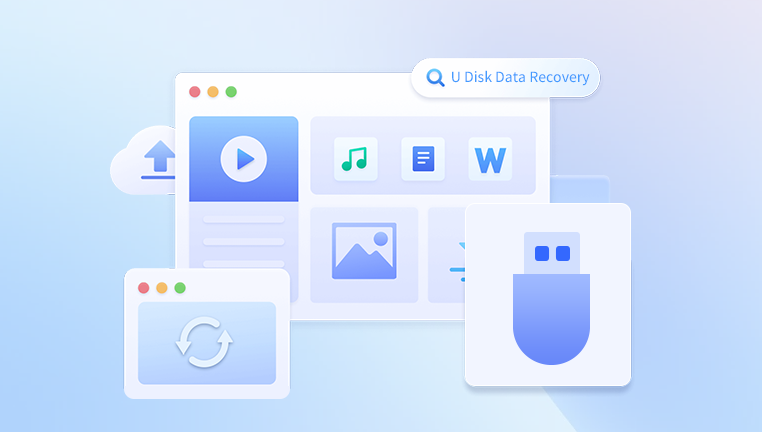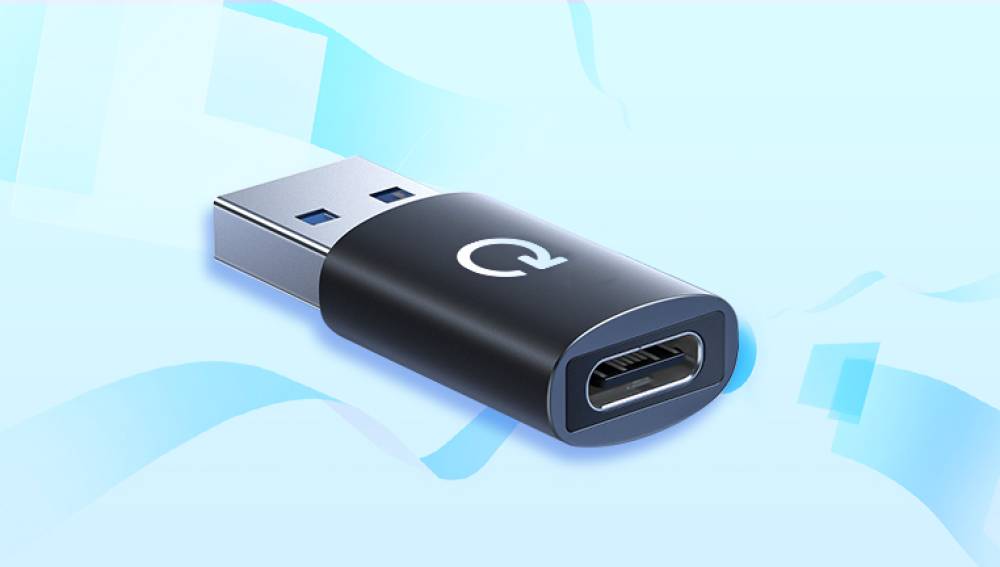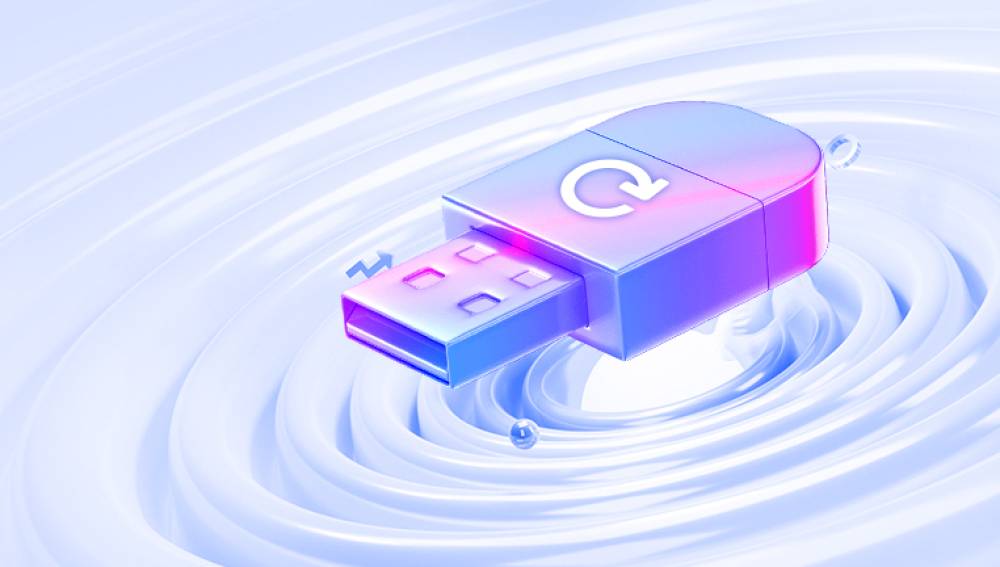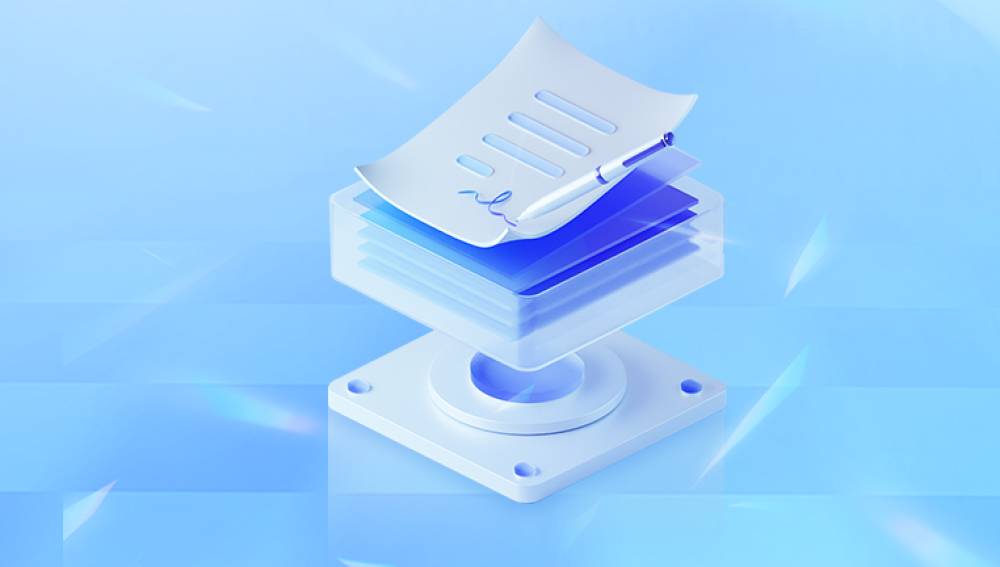USB pen drives are widely used for storing and transferring data due to their portability and convenience. However, data loss can occur due to accidental deletion, formatting, virus attacks, or corruption. Losing crucial files can be frustrating, but the good news is that deleted files are often recoverable if proper steps are taken.
When you delete a file from a pen drive, it doesn't immediately vanish. Instead, the system marks the space as available for new data while the file remains intact until overwritten. This means that quick action increases the chances of successful recovery.
Precautionary Steps Before Recovery
Stop Using the Pen Drive – Avoid saving new data to prevent overwriting deleted files.
Check the Recycle Bin (For Copied Files) – If you deleted a file that was copied from your PC, it might still be in the Recycle Bin.

Use Another USB Port or Computer – Sometimes, connection issues can cause files to appear missing.
Method 1: Restoring from a Backup
If you regularly back up your files, check your backups for the deleted data. Windows File History or cloud backups like Google Drive and OneDrive might store previous versions of your files.
Steps to Restore from File History (Windows)
Connect the pen drive to your PC.
Open the folder where the deleted files were stored.
Right-click and select Properties > Previous Versions.
Choose a version containing the deleted files and click Restore.
Method 2: Using Command Prompt (CMD)
The Windows Command Prompt can help restore hidden or missing files due to corruption.
Steps to Recover Files Using CMD:
Connect the pen drive to your computer.
Press Windows + R, type cmd, and hit Enter.
Type the following command and press Enter:
chkdsk X: /f /r /x
(Replace ‘X’ with your pen drive’s letter.)
Next, type:
attrib -h -r -s /s /d X:\*.*
Press Enter and check if your files are restored.
Method 3: Using Data Recovery Software
Accidentally deleting important files can be a frustrating experience, but with the right recovery tool, lost data can often be restored. Drecov Data Recovery is a powerful solution designed to help users retrieve deleted files quickly and efficiently. Whether you’ve lost documents, photos, videos, or other critical data, Drecov Data Recovery provides a user-friendly interface and advanced recovery features to maximize your chances of successful retrieval.
How Drecov Data Recovery Works
Drecov Data Recovery operates by scanning your device’s storage for deleted files that have not yet been permanently overwritten. When a file is deleted, it doesn’t immediately disappear—it remains on the drive until new data replaces it. Drecov Data Recovery takes advantage of this by locating and restoring recoverable files before they are lost forever.
Key Features of Drecov Data Recovery
Comprehensive Scanning – The software offers both quick and deep scans to locate deleted files effectively.
Wide File Type Support – It can recover images, videos, documents, emails, and more.
External Storage Recovery – Supports recovery from hard drives, SSDs, USB flash drives, SD cards, and other external storage devices.
User-Friendly Interface – Simple, step-by-step recovery process suitable for all users.
Preview Before Recovery – Allows users to preview files before restoring them.
Multiple Recovery Modes – Includes standard file recovery, partition recovery, and formatted drive recovery.
Steps to Restore Deleted Files with Drecov Data Recovery
Download and Install
Install Drecov Data Recovery on your PC or Mac, ensuring it’s on a drive separate from the one containing the deleted files.
Select the Location
Open the software and choose the storage device where the files were deleted.
Start the Scan
Initiate either a quick scan (faster but may find fewer files) or a deep scan (slower but more thorough).
Preview and Select Files
Once scanning is complete, browse the results and preview recoverable files.
Recover Files
Choose the files you want to restore and save them to a different location (not the same drive) to avoid overwriting data.
Tips for Successful File Recovery
Act Quickly – The sooner you attempt recovery, the better your chances of restoring files before they get overwritten.
Avoid Writing New Data – Do not save new files to the affected drive until recovery is complete.
Use Deep Scan if Needed – If a quick scan doesn’t find your files, opt for a deep scan for better results.
Method 4: Using Windows Previous Versions
Windows automatically saves previous versions of files if System Protection is enabled.
Steps to Restore from Previous Versions:
Connect the pen drive to your computer.
Open File Explorer and navigate to the affected folder.
Right-click the folder and select Restore Previous Versions.
Choose a version before the deletion and click Restore.
Method 5: Checking Temporary Files
Sometimes, temporary files may contain recoverable data.
Steps to Find Temporary Files:
Press Windows + R, type %temp%, and hit Enter.
Look for files that match the deleted ones.
Copy and save them in a secure location.




